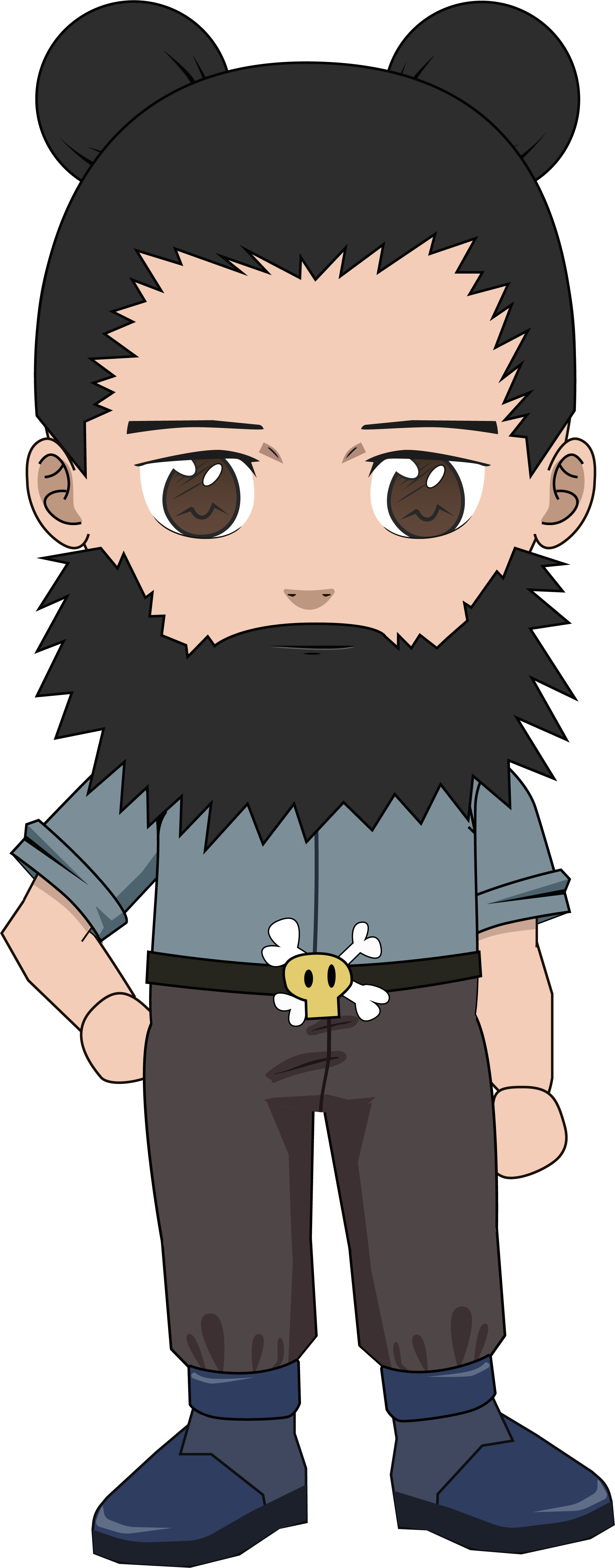Находясь на сайте, вы даете согласие на обработку файлов cookie. Это необходимо для более стабильной работы сайта
Today we'll learn that our bodies are filled with and covered with microbes, and we depend on them
Share the longread


Do you remember the episode where an upperclassman makes wine by chewing up and spitting out rice? There are microbes in our spittle that initiate the brewing process. Gross, but kind of cool.
Our mouths are full of bacteria and fungi. Some of them are good, some of them are bad

Microorganisms live not only in our mouths but also under out toes. You remember the episode where Sawaki sees fungi that triy to get under Hasegawa's toes, right?

On our skin, we have not only pathological fungi. Actually, there's a whole epidermal microbial world that is rather useful for us. Some microbes clean our skin and protect it from infections. Our skin is also inhabited with some strange creations. For example, arthropods that look like mini-lobsters live in our eyebrows!
The stomach and intestines make the whole world filled with microbes. We wouldn't be able to eat and digest food but for a vast population of microbes in out bellies. Excrements are mostly the bodies of fungi and microbes which we need to make energy that is absorbed into the bloodstream out of food

We have a symbiotic relationship with a microbiome. A "biome" is a community of life while "micro" means "tiny". Therefore, we've got many tiny ecosystems in our bellies and we symbiotically depend on them
Tilda Publishing

Symbiogenesis is an evolutionary theory, which argues that tiny unicellular organisms had to find shelter in one another to create a multicellular life. They wouldn't eat each other. They would stop in the middle to become one bigger organism. Organisms used to move in each other's bodies to hide from the environment. They inhabited each other and started a multicellular life
Tilda Publishing

Symbiogenesis is an evolutionary theory, which argues that tiny unicellular organisms had to find shelter in one another to create a multicellular life. They wouldn't eat each other. They would stop in the middle to become one bigger organism. Organisms used to move in each other's bodies to hide from the environment. They inhabited each other and started a multicellular life
tree of life - Modern interpretation

 A small point in the middle were tiny unicellular not even creatures. You can see two of the branches are bacteria
A small point in the middle were tiny unicellular not even creatures. You can see two of the branches are bacteria The third branch — eukaryotes — is a multicellular life form, our neighborhood. Eukaryotes were produced by bacteria moving inside of each other and forming communities that became stable enough to become multicellular organisms
The third branch — eukaryotes — is a multicellular life form, our neighborhood. Eukaryotes were produced by bacteria moving inside of each other and forming communities that became stable enough to become multicellular organisms
involutionary momentum
Another way to describe evolution is an involutionary momentum, a process of gradual complication. Organisms become more complex, more advanced, more dependent on one another. This is symbiogenesis.
Another strange consequence of such ideas is that diseases might be a way to our future evolution. There's some evidence that mammals' carrying children inside of their bellies is only possible because a viral infection prevents them from aborting a child. The very possibility of mammals might be partially from a viral infection transforming human DNA.
Tilda Publishing

Today's diseases could be tomorrow's evolution
Tilda Publishing

Today's diseases could be tomorrow's evolution

read Lynn Margulis's book about symbiogenesis. you'll find it in the additional materials list. It'll help with understanding such theories as involutionary momentum and symbiogenesis
read Lynn Margulis's book about symbiogenesis. you'll find it in the additional materials list. It'll help with understanding such theories as involutionary momentum and symbiogenesis



- published by Academic Press and revised from the author's previous Five Kingdoms 3rd edition, this extraordinary, all inclusive catalogue of the world's living organisms describes the diversity of the major groups, or phyla, of nature's most inclusive taxa. Developed after consultation with specialists, this modern classification scheme is consistent both with the fossil record and with recent molecular, morphological and metabolic data
Margulis, Lynn, and Michael J. Chapman. Kingdoms and domains: an illustrated guide to the phyla of life on Earth. Academic Press, 2009 - At the crossroads of philosophy and science, the sometimes — dry topics of evolution and ecology come alive in this new collection of essays — many never before anthologized. Learn how technology may be a sort of second nature, how the systemic human fungus Candida albicans can lead to cravings for carrot cake and beer, how the presence of life may be why there's water on Earth, and many other fascinating facts
Margulis, Lynn, and Dorion Sagan. Dazzle gradually: Reflections on the nature of nature. Chelsea Green Publishing, 2007
JOIN THE COURSE CHAT!









